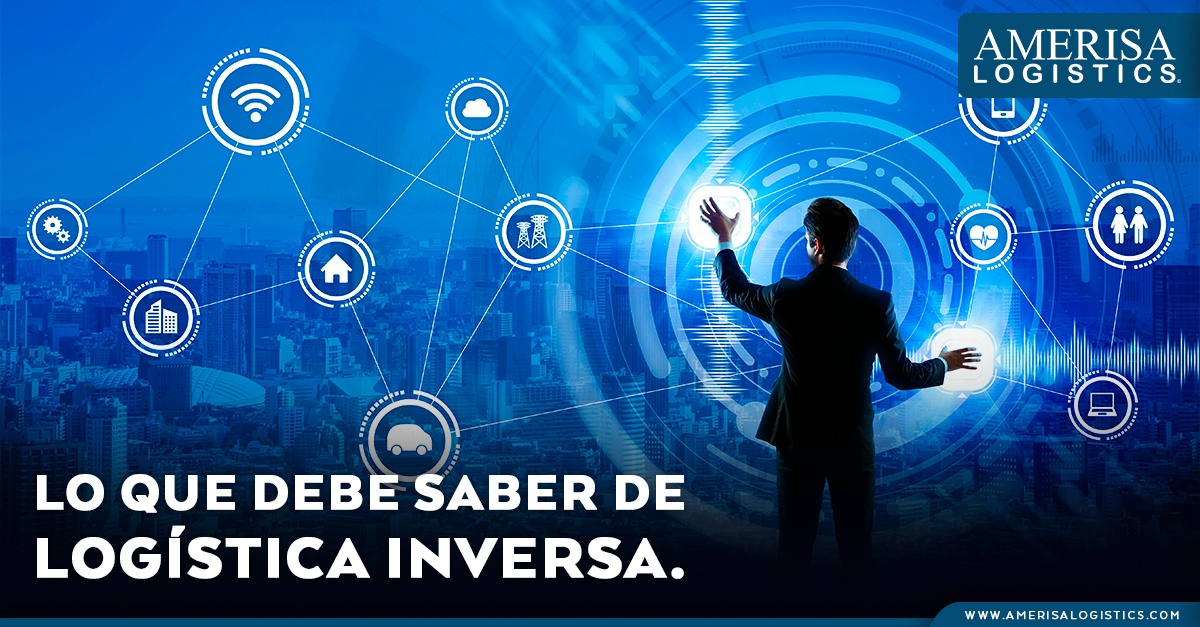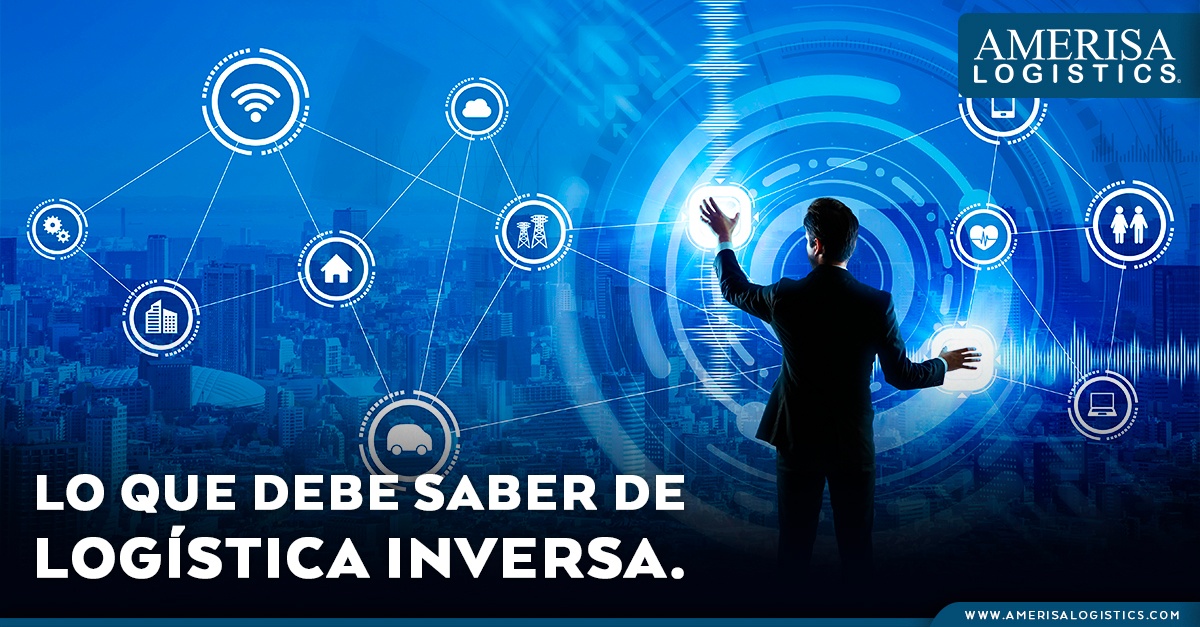Blog
What you need to know about reverse logistics

In the different blog posts, it has been mentioned that in the logistics sector evolution is important, in addition to the adaptability of the supply chain being necessary, this in order to remain current in all aspects.
Adaptability is focused on finding continuous improvement as well as innovation of the different tasks that make up a logistics process, as part of these changes reverse logistics arises.
Reverse logistics goes beyond managing the entire current logistics process in reverse, but also involves managing materials or products for return with the supplier for various reasons or for the care of the environment through recycling.
Therefore, this incipient part of the supply chain is divided into two groups. The first group is the logistics of products that is responsible as its name indicates the return of the products to the manufacturer or supplier and the second group is the logistics of waste destined to the recycling and recovery of the products.

The importance of reverse logistics in companies
When talking about reverse logistics, it is necessary to know that the application of this process will depend entirely on the type of industry to which it is being applied, which is why the article will not focus on any particular one.
In general terms, the
main actions
that reverse logistics can include are:
- Reuse of raw materials.
- Packaging recovery.
- Recycling of materials.
- Reuse of parts.
- Recovery of materials.
- Recovery of scarce components.
- Return of products or goods due to failures.
- Return of goods due to excess stock.
- Repair of damaged products.
- Product remanufacturing.
- Discard special handling products.
- Destruction of products.
It should be noted that reverse logistics does not necessarily apply to every situation, but there are some specific ones that make the use of the service necessary, among the most common situations are:
- Poorly packaged or packaged goods.
- Delivery of the products in times outside those agreed.
- Omissions in the delivery of the products as incomplete or erroneous orders.
- Improperly handled products causing damage.
- Human errors.
- Expiration of the life time of the product.
Using this process correctly will be useful in your supply chain will also provide other benefits to your company such as keeping the environmental impact to a minimum, reducing material costs as well as packaging, improving your image before the public, and strengthening the relationship with your customers as well as creating loyalty campaigns.
Certainly the most important thing before
starting
any process is to consult with an expert in the subject, who can guide you through the entire process that your company requires, this according to the size of your needs and the sector.
{{cta (‘.’)}}
¿Quiere más información?
Déjenos sus datos y nos pondremos en contacto.

